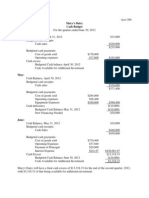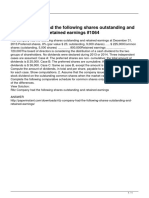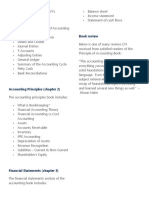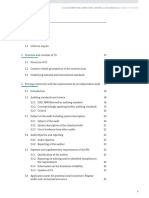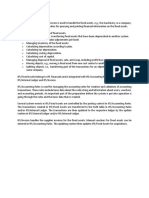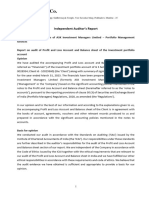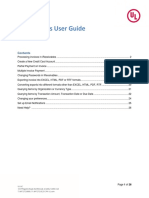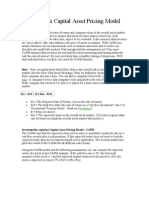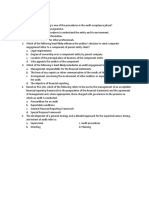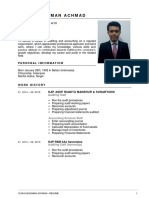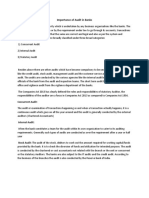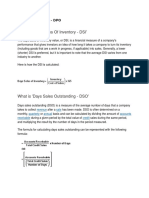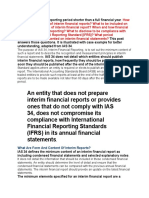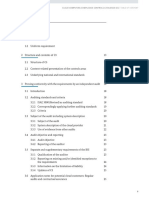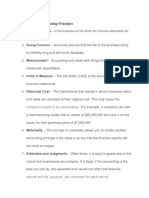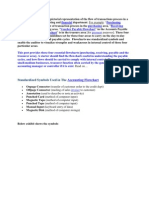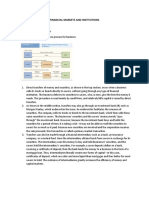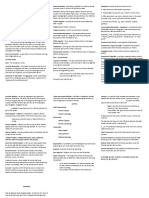0% found this document useful (0 votes)
93 views1 pageFinancial Terms: AP, AR, Assets, BS, Equity
The document defines key accounting terms: Accounts Payable are expenses owed but not yet paid, Accounts Receivable are payments owed to the company but not yet received. Assets are items of value owned, and the Balance Sheet reports on assets, liabilities, and equity according to the equation Assets = Liabilities + Equity. Liabilities are debts owed, equity is the remaining value after liabilities, and depreciation accounts for the loss of an asset's value over time. A sole trader is a business owned by a single person.
Uploaded by
AkashCopyright
© © All Rights Reserved
We take content rights seriously. If you suspect this is your content, claim it here.
Available Formats
Download as PDF, TXT or read online on Scribd
0% found this document useful (0 votes)
93 views1 pageFinancial Terms: AP, AR, Assets, BS, Equity
The document defines key accounting terms: Accounts Payable are expenses owed but not yet paid, Accounts Receivable are payments owed to the company but not yet received. Assets are items of value owned, and the Balance Sheet reports on assets, liabilities, and equity according to the equation Assets = Liabilities + Equity. Liabilities are debts owed, equity is the remaining value after liabilities, and depreciation accounts for the loss of an asset's value over time. A sole trader is a business owned by a single person.
Uploaded by
AkashCopyright
© © All Rights Reserved
We take content rights seriously. If you suspect this is your content, claim it here.
Available Formats
Download as PDF, TXT or read online on Scribd
/ 1
